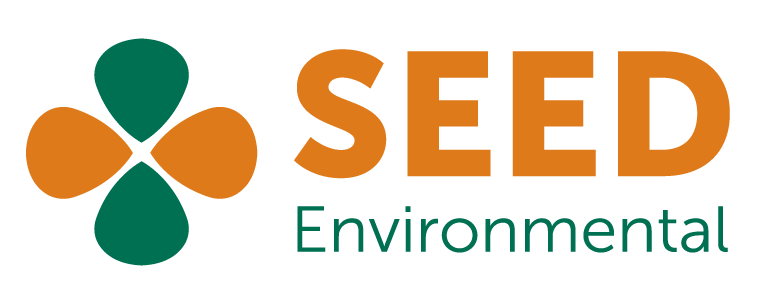
The Challenge
Approximately 2,000 litres of kerosene was lost to ground from a crack in the base of the property’s oil storage tank. Initial Investigations identified near surface contamination over an area of 20m2 to a depth in excess of 4m below ground level. Whilst the contamination was identified in the clay superficial deposits, the Environment Agency concluded that the underlying chalk aquifer was considered to be at risk.
Our Experts Approach
Our team of experts quickly implemented an investigation strategy to confirm the extent of kerosene contamination including boreholes in restricted locations. Remediation works were implemented to excavate and remove gross contamination, with residual contamination treated with an Oxygen Releasing Compound (ORC). On completion of the remedial works, a Site Specific Water Resource Risk Assessment was completed by our risk assessment experts using ConSim. The assessment focussed on assessing the residual risk to the chalk aquifer water quality from the remaining hydrocarbon concentrations.
Outcomes
- Production within the glasshouse growing areas continued uninterrupted
- Adjacent and downgradient 3rd party private water abstractions protected
avoiding risk of immediate 3rd party claims - Treatment facility infrastructure installed within best case budget estimates
- Forecast spend within policy limits and associated constraints
Our Experts Approach
- Rapid investigation and delineation of kerosene impacts
- Successful remediation and prevention of pollution risk to the underlying chalk aquifer
- Environment Agency approval and sign-off of remediation works and water resources risk assessment
Project Details
Client
Kerosene (54)
Services provided by our experts
- Customer & regulator engagement & management
- Contamination investigation, assessment & remediation
- Water resources risk assessment (ConSim)
- Project management

